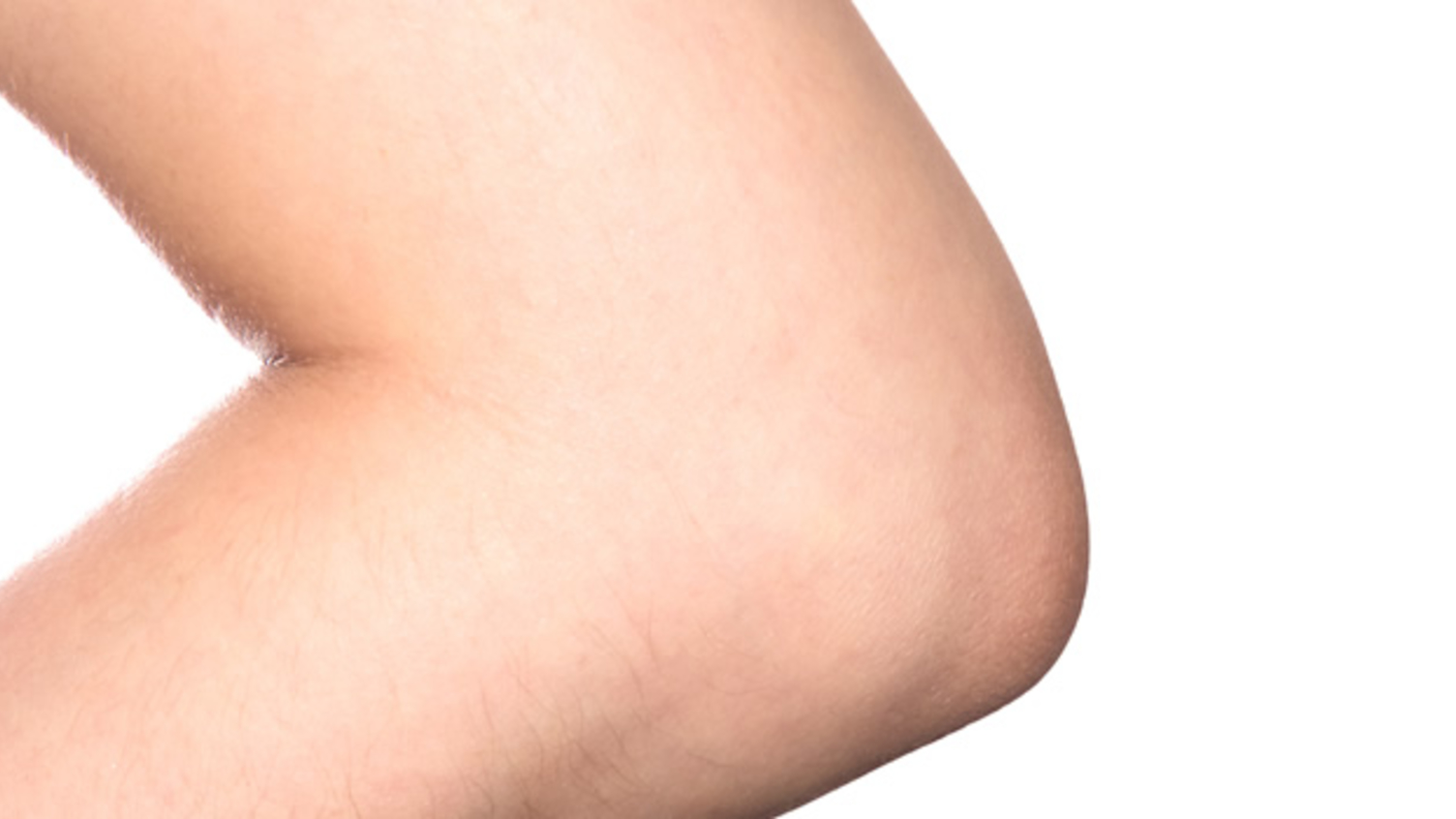Elbow Conditions

About this PSP
The Elbow Priority Setting Partnership was established in 2019 to identify and prioritise the unanswered questions about elective surgical and nonsurgical treatment for elbow conditions from patient, carer and clinical perspectives. The PSP covered common conditions that affect the elbow such as elbow osteoarthritis, inflammatory arthritis, tendonitis like tennis elbow and golfers elbow, biceps or triceps tendonitis, elbow stiffness, ulnar nerve problems, chronic elbow instability, biceps tendon rupture, congenital elbow conditions or acute elbow fractures or dislocations.
The Elbow Conditions PSP Top 10 was published in December 2021.
Top 10 Priorities
- What is the best treatment (surgery or conservative management) for elbow arthritis in young /active patients?
- Which factors affect the outcome and longevity of elbow replacements?
- What is the best rehabilitation programme for prevention of stiffness following elbow trauma or surgery?
- What is the best treatment approach (surgery or without surgery) in management of early or persistent elbow tendinopathies (such as tennis/golfer’s elbow)?
- Comparing non-surgical treatments (such as medications, therapy interventions, injections etc), which is most effective in elbow arthritis?
- What is the outcome of surgery (including open or key-hole surgery) in the management of elbow arthritis?
- What is the best treatment (including surgical and non-surgical) for non-arthritic elbow stiffness?
- How to manage pain (early/persistent) in common elbow conditions?
- What and when is the best treatment option for distal biceps tendon ruptures (surgical or non-surgical)?
- What are the best pre and post-op rehabilitation regimens for total elbow replacements, including advice on long term physical restrictions?
The following questions were also discussed and put in order of priority at the workshop:
- In patients with partial thickness distal biceps ruptures, does surgical or non-surgical treatment lead to better outcomes?
- What is the best way to manage a radial nerve injury following humeral fracture or surgery?
- What are the non-surgical options for managing cubital tunnel syndrome and what is their effectiveness?
- What is the role of non-surgical treatments (including medications, injections) in elbow tendinopathies (e.g. tennis/golfer elbows)?
- What is the effectiveness of surgery for elbow tendinopathies (e.g. tennis/golfer’s elbows) compared to nonsurgical management?
- Which rehabilitation programmes (such as splinting, exercise regimen, physical therapy) are most effective in the management of elbow tendinopathies (e.g. tennis / golfer elbows)?
- Does elbow tendinopathy (e.g. golfer’s and tennis elbow) get better by itself?
- Can elbow tendinopathies (e.g. tennis/golfer’s elbows) be effectively self-managed?